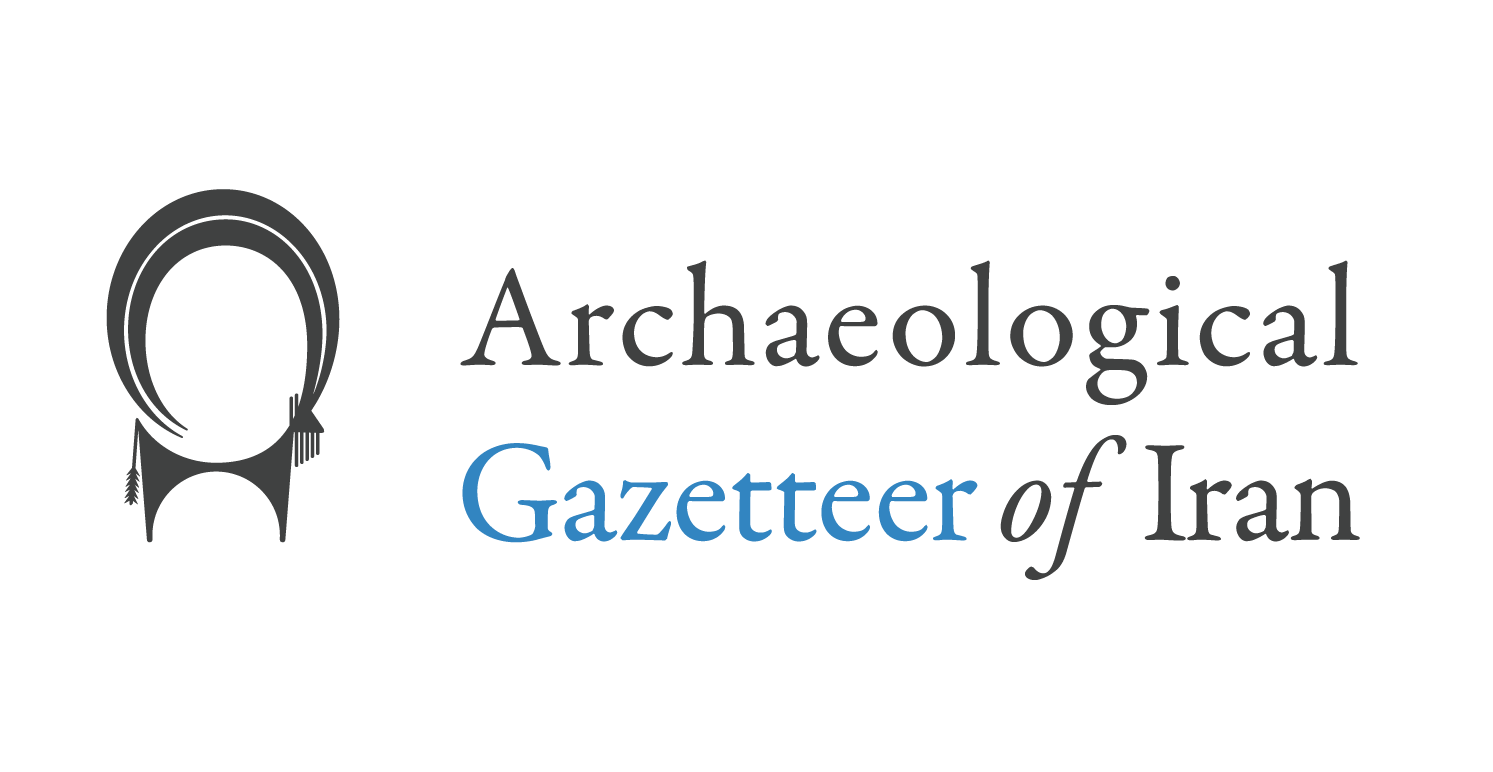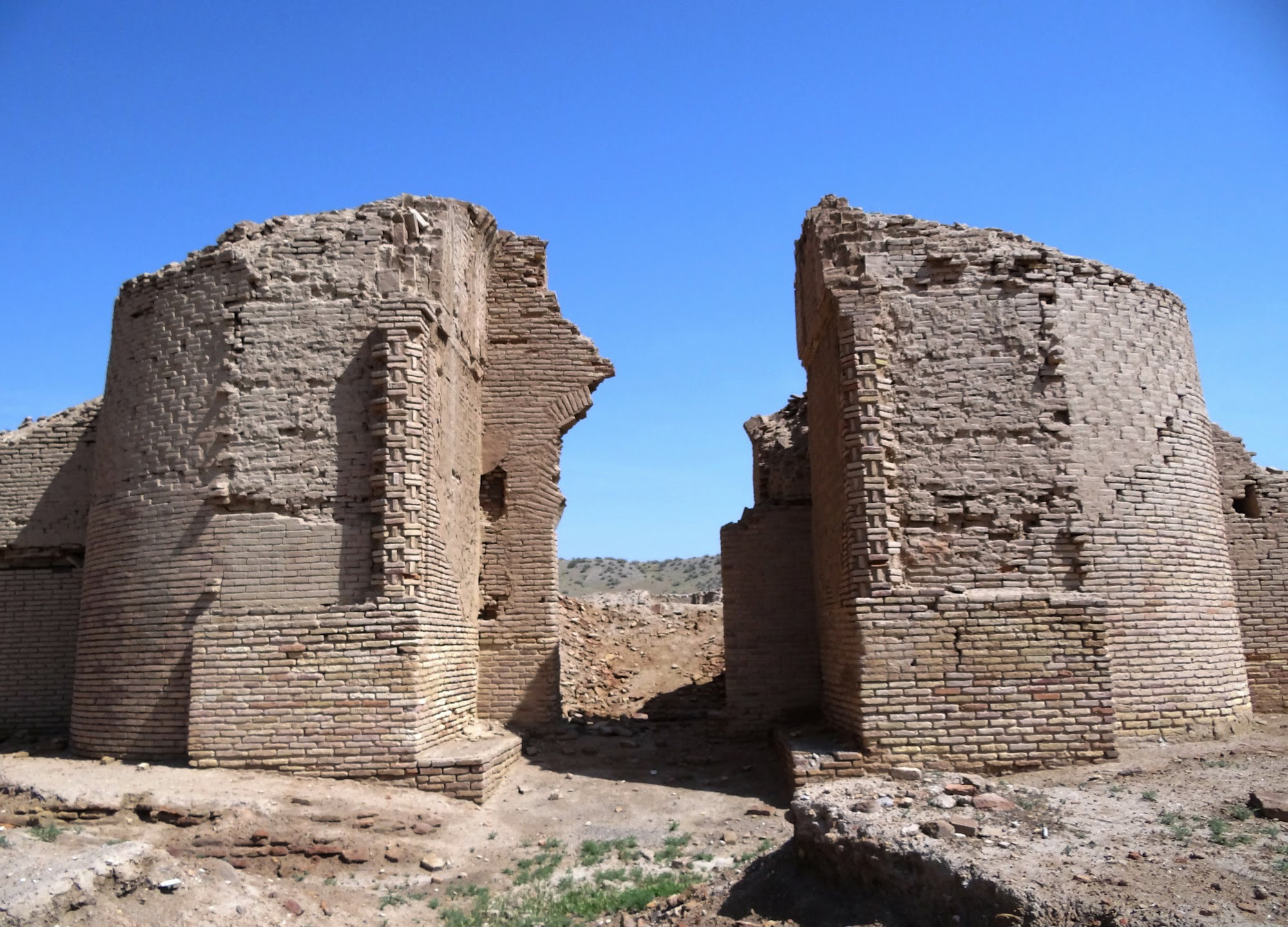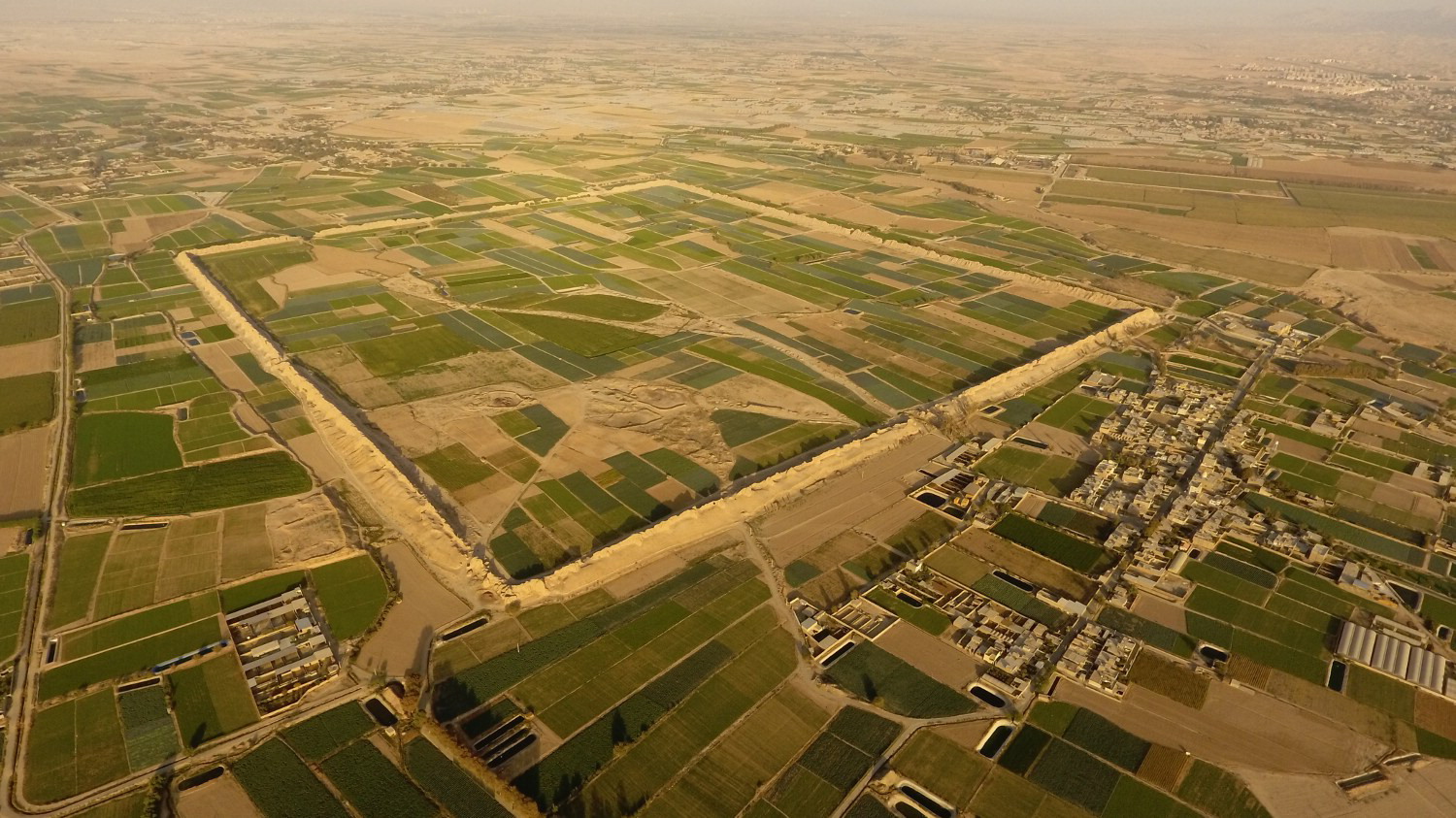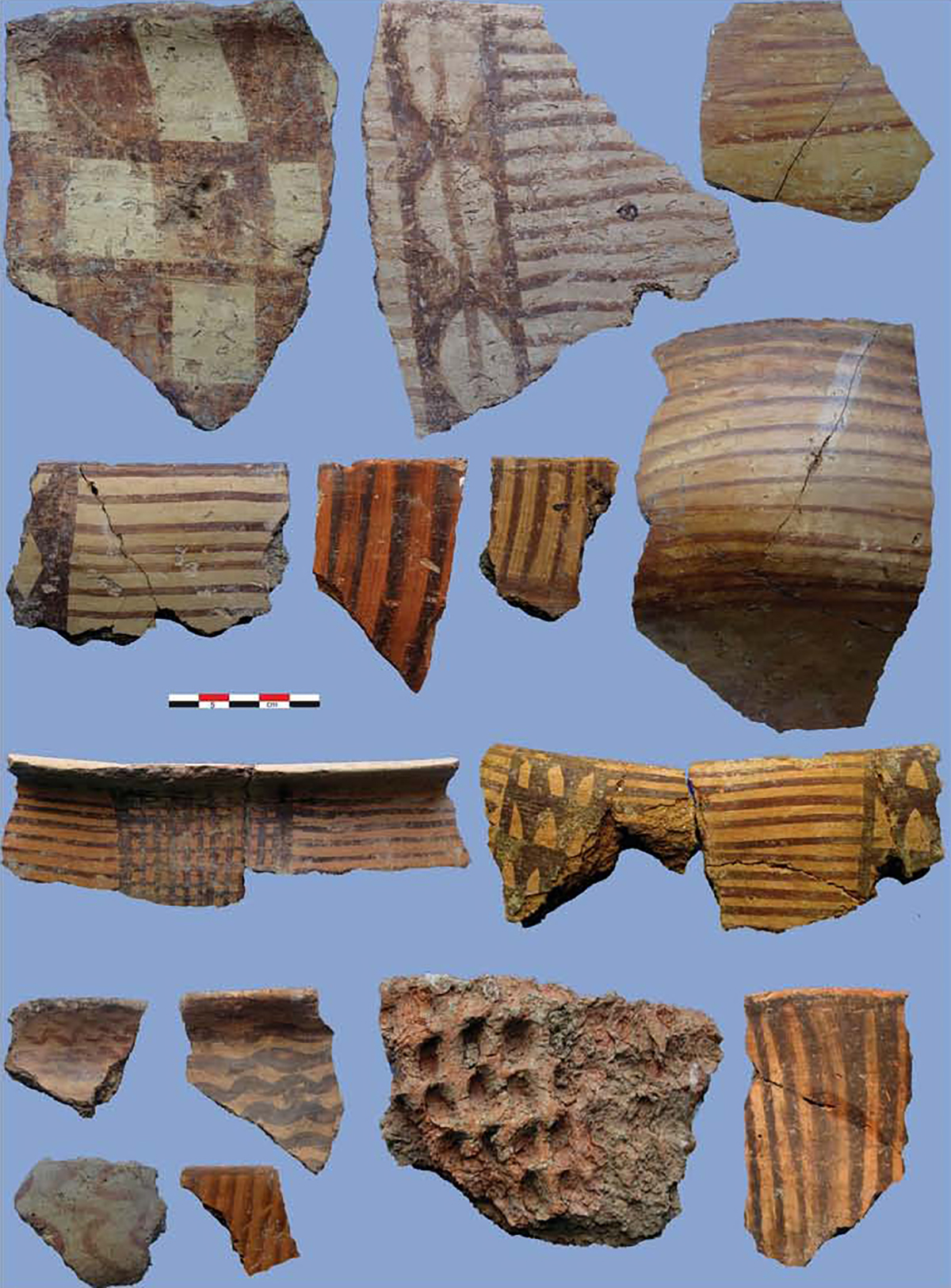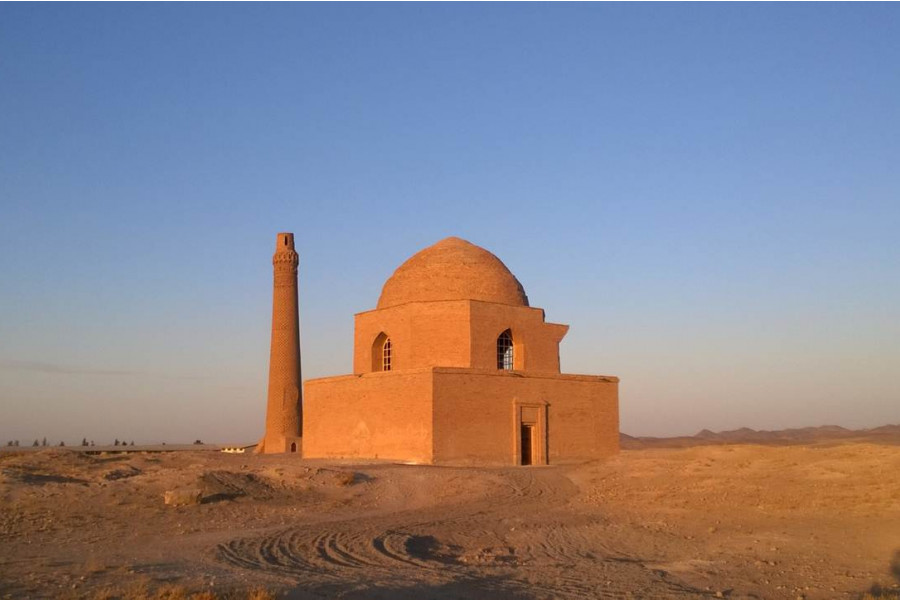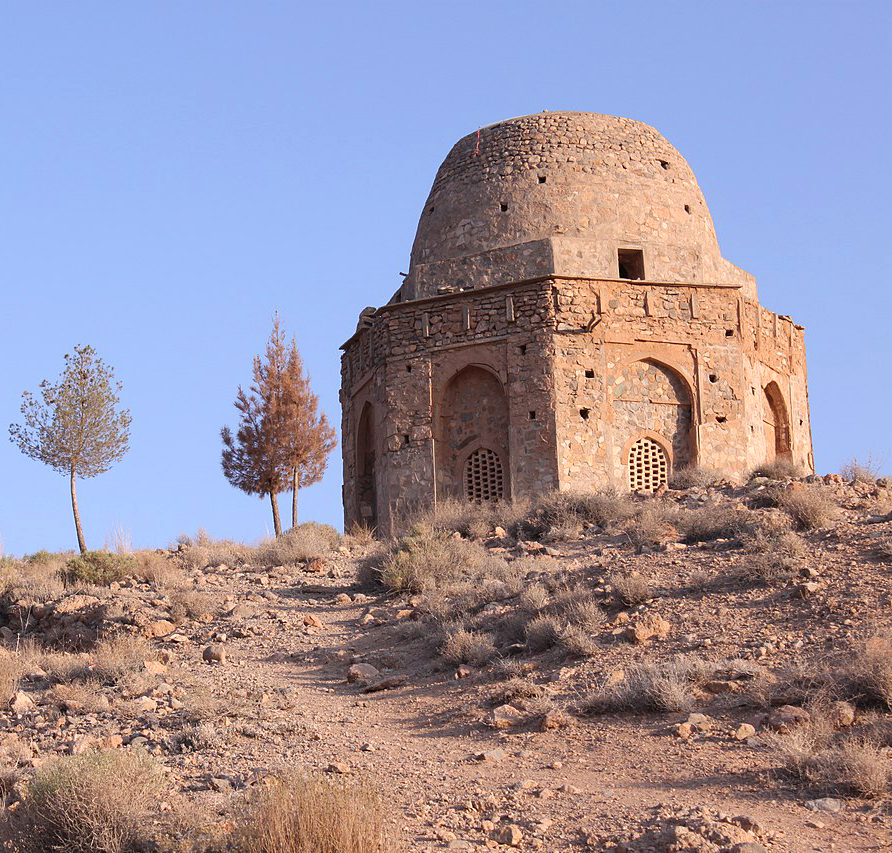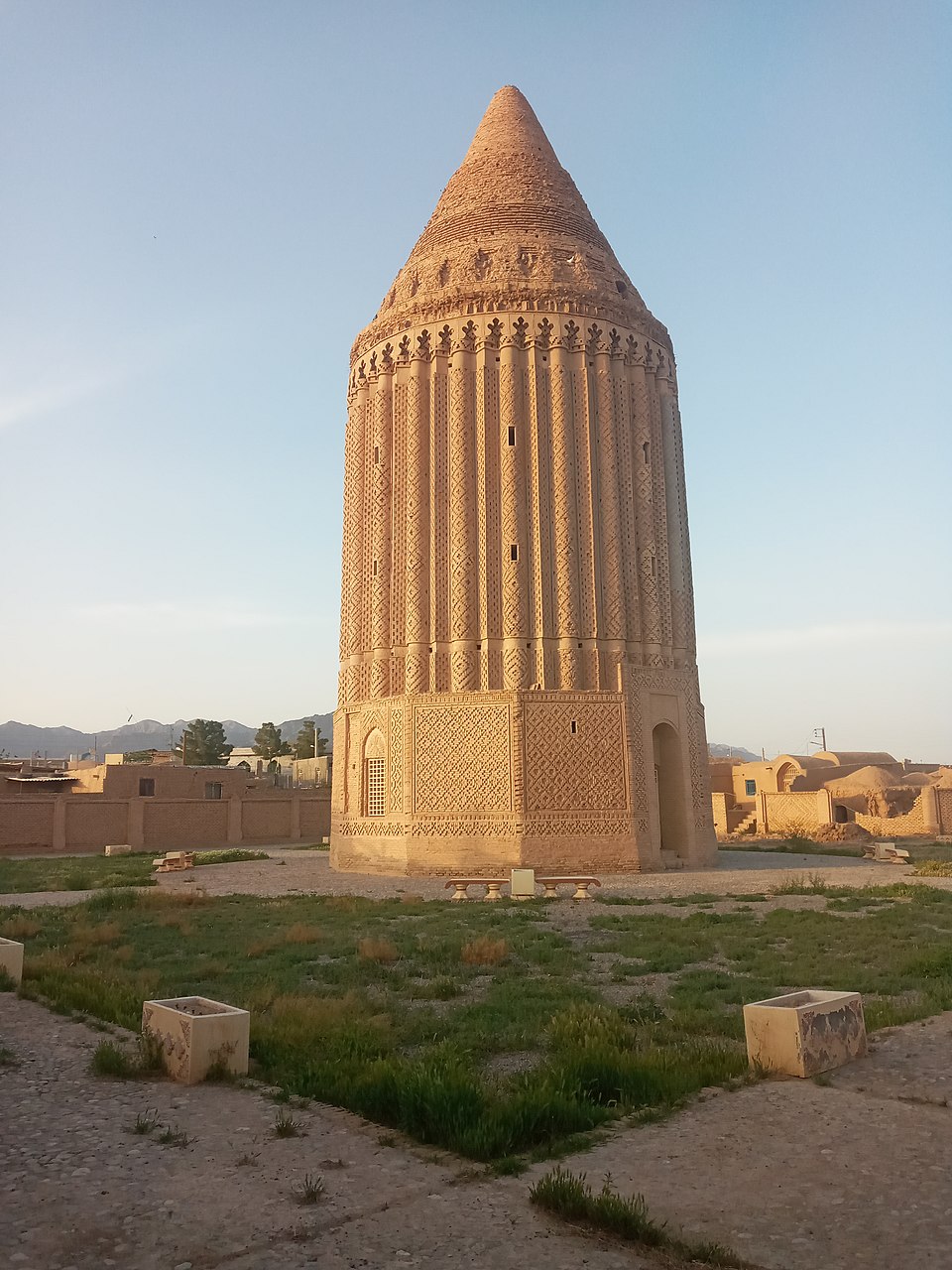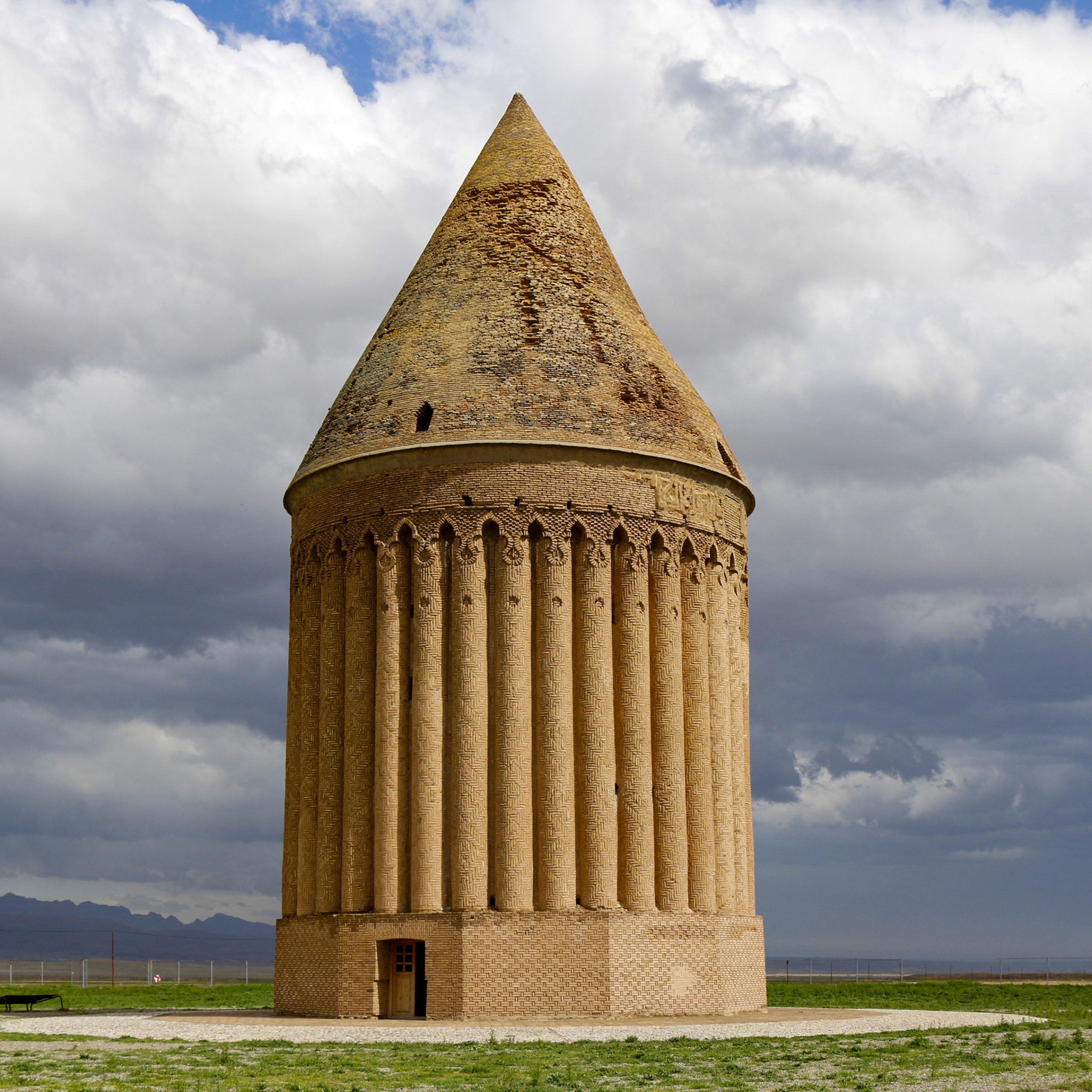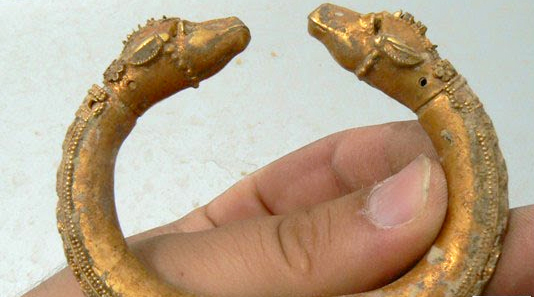Tepe Salman/Sepehr-e Barinتپه سلمان/سپهر برین
Location: Tepe Salmān is a mound in the plain of Sōltāniyeh, central northern Iran, Zanjan Province.
36°27’12.0″N 48°46’58.3″E
Map
Historical Period
Islamic
History and description
Tepe Salmān is a mounded site 2 km northwest of the Mausoleum of Uljaytu at Sōltāniyeh (fig. 1). The archaeological site consists of two attached mounds, measuring altogether 227 x 150 m with a maximum height of 23 m above the surrounding plain. Two separate settlement areas are connected to each other via a saddle. In the south, there is an area that resembles a terrace measuring 75 m x 47 m, on which a courtyard house measuring around 25 m x 25 m stands out in the rubble walls (fig. 2). Based on the current terrain, a 50 m x 30 m rectangular ruin can be assumed in the northern part of the Tepe. There are second-millennium potsherds on and in the whereabouts of the site. Most material evidence drawn from archaeological surveys of the site shows that the mound was inhabited much earlier than the Qajar era, dating back to the Ilkhanid period in the 13th century. Historical sources inform that Fath ‛Ali Shah Qajar (r. 1797–1834) constructed a summer palace on top of the mounds between 1804 and 1813, which was known at that time by Sepehr-e Barin. The fortified palace, in the middle of the plain of Sōltāniyeh, had a commanding view of the surrounding area (figs. 3 and 4). The royal palace included a terraced garden as well as several residential and public quarters: divān-khāna (audience hall), which was the largest building, khalvat-khāna (private hall), Kolāh Farangi (pavilion), harem (lodgings reserved for the women), a tower, several bathhouses (hammām) and courtyards, and two qanats. Additionally, a large open space (maydān) was planned to host military reviews and seasonal markets. The Shah sought to revive the Safavid tradition of gathering and reviewing troops in the plain of Sōltāniyeh while remaining close to the Russo-Persian war front in the Southern Caucasus. Following Iran’s defeat in the Second Russo-Persian War (1826-28) and the attendant Treaty of Turkmanchay in 1828, the Shah lost interest in his palace at Sōltāniyeh and no longer planned to spend summer there. The palace subsequently fell into decay, and mud-bricks used in its construction deteriorated as a result of neglect and lack of proper maintenance. The palace’s decline accelerated throughout the nineteenth century despite minor restoration work done under Naser al-Din Shah Qajar (r. 1848-96). The building was destroyed in the 1960s leaving only broken bricks and pottery fragments on the surface today.
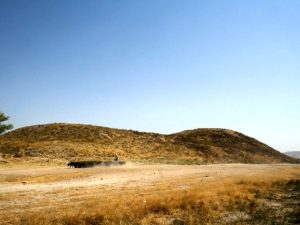
Fig. 1. General view of Tepe Salmān in 2017 (image: M. Feizi)
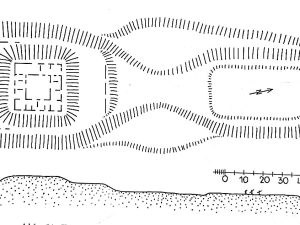
Fig. 2. Plan of Tepe Salmān after Wolfram Kleiss (image: Kleiss, “Bauten und Siedlungsplätze in der Umgebung von Soltaniyeh,” fig. 61)
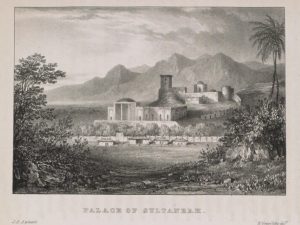
Fig. 3. James Alexander’s illustration of the Qajar palace known as Sepehr-e Barin (image: Alexander, Travels from India to England, pl. between pages 178-179)

Fig. 4. Moritz von Kotzebue’s view of the Qajar palace known as Sepehr-e Barin in 1817 (image: Kotzebue, Narrative of a Journey into Persia, illustration between pages 246 and 247).
Archaeological Exploration
A number of travelers visited the Qajar palace on Tepe Salman, particularly those involved in the Russo-Persian Wars such as James Morier, Moritz von Kotzebue, James Alexander. Between 1968 and 1984, Wolfram Kleiss conducted surveys of the site and drew a plan for the Qajar palace. On the mounds, he discovered a large number of bricks, lime mortar, and, to a lesser extent, pottery and tiles. Later, the site became the object of an archaeological survey by Mahsa Feizi, then a student at Tehran University, in 2017.
Bibliography
Alexander, J. E., Travels from India to England, vol. 1, London, 1827.
Feizi, Mahsa, Hayedeh Laleh, Firouz Mahjour, “Barrasi-ye emārat-e mowsūm be ‘Sepehr-e Barin’ dar dasht-e Sultāniyya,” Pazhūhesh-ha ye bāstānshenāsi-ye Īrān 23, 1398/2019, pp. 129-148.
Hambly, Gavin, “A Note on Sultaniyeh/Sultanabad in the Early Nineteenth Century,” Art and Archaeology Research Papers, no. 2, 1972, pp. 89–98.
Johnson, John, A Journey from India to England, through Persia, Georgia, Russia, Poland, and Prussia, in the Year 1817, London, 1818.
Kleiss, Wolfram, “Bauten und Siedlungsplätze in der Umgebung von Soltaniyeh,” Archäologische Mitteilungen aus Iran und Turan, 29, 1997, pp. 341-391.
Kondo, Nobuaki, “Between Tehran and Sultaniyya. Early Qajar Rulers and Their Itineraries,” In Turko-Mongol Rulers, Cities, and City Life, edited by David Durand-Guédy, Leiden: Brill, 2013, pp. 416–385.
Kotzebue, Moritz von, Narrative of a Journey into Persia: In the Suite of the Imperial Russian Embassy, in the Year 1817, Philadelphia, 1820.
Marwazi, Mohammad Sādeq, Tārikh-e Jahānārā, n.d., MS Majles Library, no. 8623.
Morier, James. J., A Journey through Persia, Armenia and Asia Minor, to Constantinople, in the Years 1808 and 1809, London, 1818.
Mousavi, Mehdi, “Sepehr-Barin,” Encyclopaedia Iranica Online (forthcoming).

